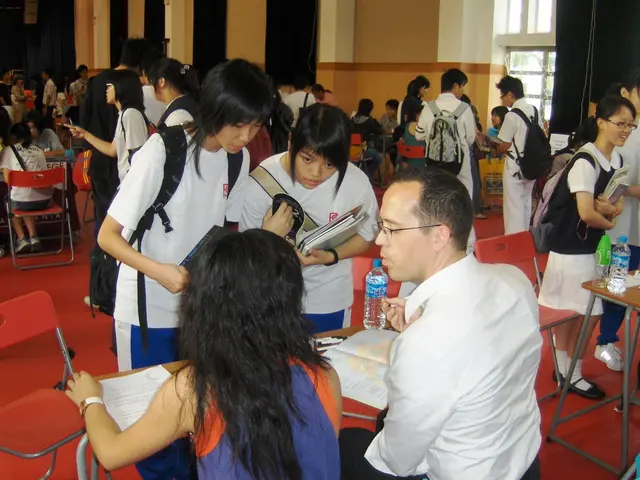Vietnam's Tech Talent Brain Drain Challenges High-Tech Ambitions
Vietnam, aspiring to become a global tech leader, confronts a hurdle with nearly 65% of its top tech talent working abroad. The country, ranked 44th on the Global Innovation Index, aims to tap its potential through strategic investments and collaborations.
Vietnam's future relies on science, technology, and innovation. To speed up progress, the country plans to increase public and private investment in R&D infrastructure. Key to this is the 'three-plus-one' formula proposed by the World Bank, focusing on talent, innovation ecosystem, supply chain linkages, and targeted innovation clusters.
Ho Chi Minh City, one of Southeast Asia's most dynamic tech hubs, and other planned clusters like Saigon High Tech Park and Hoa Lac High Tech Park, will concentrate on advanced manufacturing such as semiconductors, biomedicine, and robotics. To compete globally, Vietnam needs more advanced-level graduates, technicians, scientists, and engineers. A collaborative partnership model involving FDI firms, local companies, and the government is proposed to upgrade local capabilities.
Vietnam's vision of a high-tech future demands a whole-of-nation effort. With strategic investments, targeted innovation clusters, and a collaborative approach, the country can attract its overseas talent and secure its position in the global tech race.
Read also:
- Rising state pension ages disproportionately impact a particular demographic, raising questions about the necessity of extending working years.
- Increase in mortality among seniors due to falls
- Inquiries Frequently Encountered
- Greece pursuing building techniques without the use of traditional heating methods







